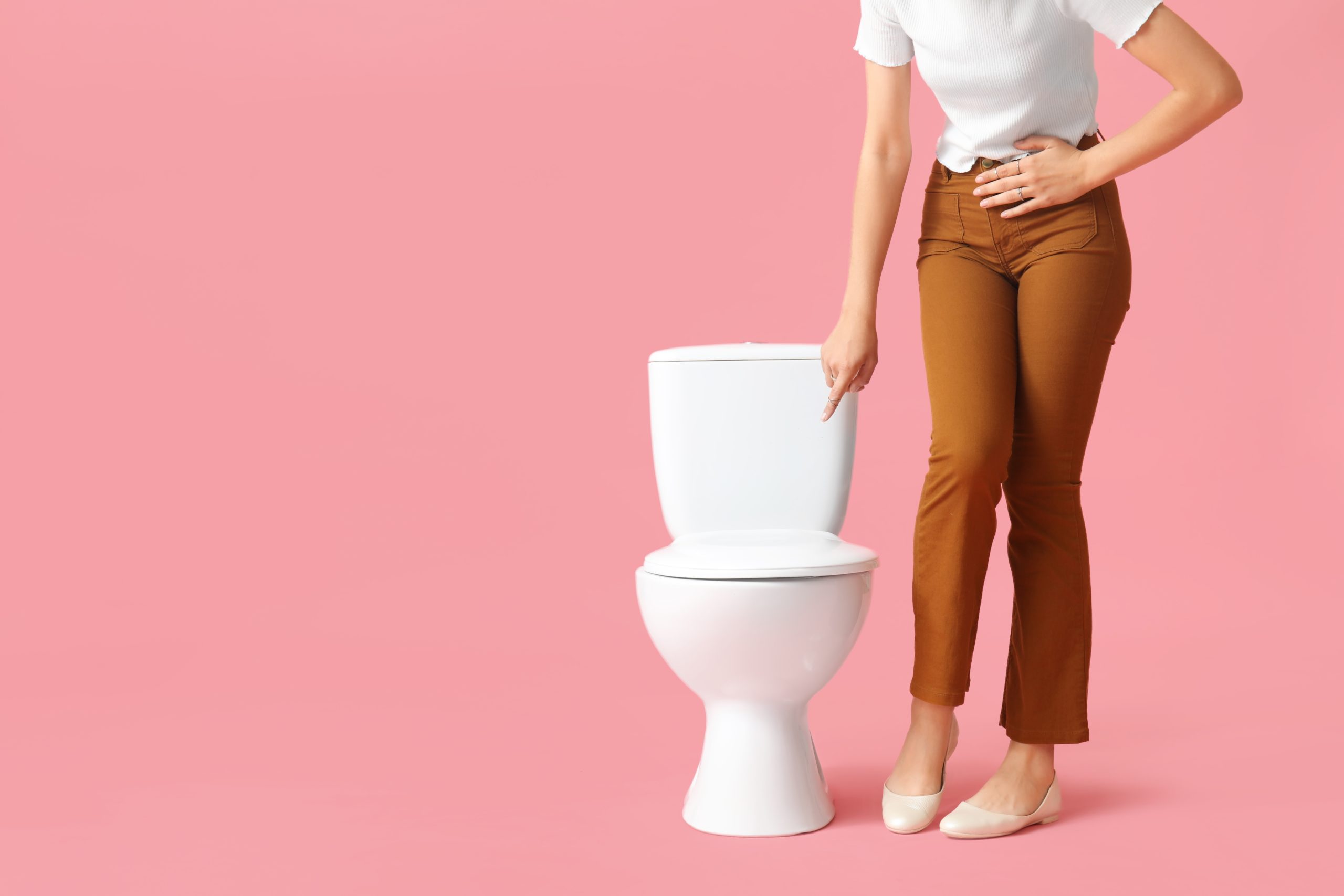
Don’t Ignore Your Pelvic Floor
What Is a Pelvic Floor?
The pelvic floor is a group of muscles and tissues that help support the pelvic organs, including the bladder and bowel and, in women, the uterus and vagina. This group of muscles and tissues helps to support and keep the pelvic organs in place.
What Is a Pelvic Floor Disorder?
A pelvic floor disorder is a condition in which muscles or connective tissues of the pelvic floor weaken or are injured, causing discomfort and other problems. Everyone has a pelvic floor, but the term “pelvic floor disorder” usually refers to problems in women.
One in three U.S. women is estimated to have symptoms of one or more pelvic floor disorders. Unfortunately, many women do not realize how common these problems are and may feel isolated or embarrassed about having these issues. This is why we want to raise awareness for these types of conditions, especially on social media.
What Are Common Pelvic Floor Disorders?
Bladder control problems, such as leakage of urine or feeling like you have to urinate too often (urinary frequency) or urgently. There are different types of bladder control problems and different treatment options for each type.
Check out these articles to learn more about bladder control problems:
- – What Is Urinary Urgency? Symptoms and Causes
- – What is Stress Incontinence?
- – Is Stress Incontinence Different Than an Overactive Bladder?
- – What Causes Overactive Bladder, and is it a Normal Part of Aging?
- – 7 Treatments for Overactive Bladder
Bowel control problems, such as leakage of gas and stool with or without awareness. Stool leakage is called fecal incontinence. While it can be embarrassing to talk about, it is a fairly common problem that many women deal with. This typically occurs as a result of injury or trauma to the anal sphincter muscle secondary to childbirth. There are both non-surgical and surgical management strategies available for fecal incontinence issues.
Pelvic organ prolapse—when pelvic floor muscles are weakened, pelvic organs may bulge into the vagina or stick out beyond the opening of the vagina or anus. There are both non-surgical and surgical treatment options available to manage prolapse and the success rates of each option vary depending on several factors.
To learn more about pelvic organ prolapse, check out these articles:
- – What You Need to Know About Uterine Prolapse
- – 6 Myths About Pelvic Organ Prolapse
- – Cystocele and Rectocele Repair: Everything You Need to Know
Are There Treatments for These Conditions?
Even though many women with these conditions are embarrassed to talk about their symptoms, treatments for pelvic floor disorders are available.
Talk to your health care provider if you notice changes in your bladder or bowel control, or if you see or feel a bulge of tissue in your vagina or anus. If you have problems with bladder control, bowel control, or pelvic organ prolapse, contact our office today to schedule an appointment and find out which available treatment options are right for you.
Learn more about pelvic floor disorders on the NICHD website.
Courtesy: Eunice Kennedy Shriver National Institute of Child Health and Human Development.
Get Help
If you have symptoms of pelvic organ prolapse or bladder or bowel control problems, schedule a consultation today. Dr. Peter M. Lotze and his team are here to help!
Connect With Us
Be sure to check our blog regularly for more information, and follow us on Facebook and Instagram @PeterMLotzeMD for health and wellness tips and more!



